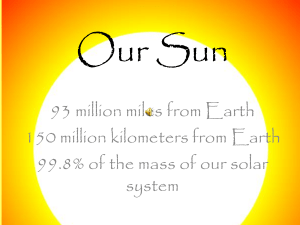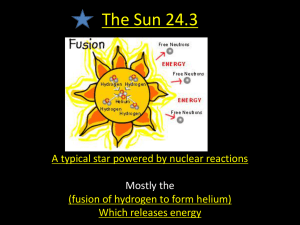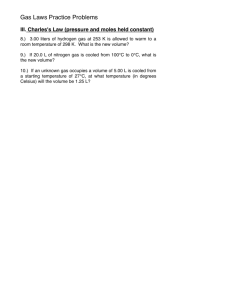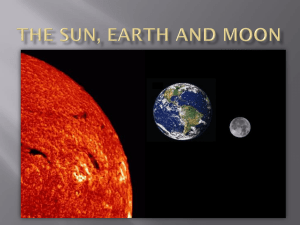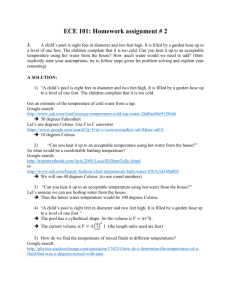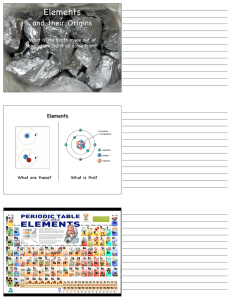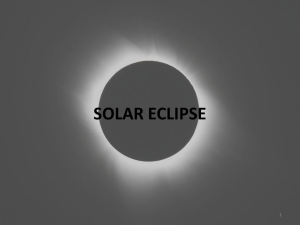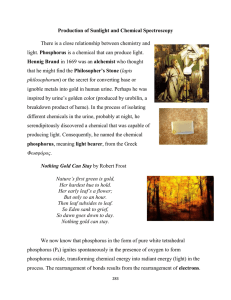File
advertisement
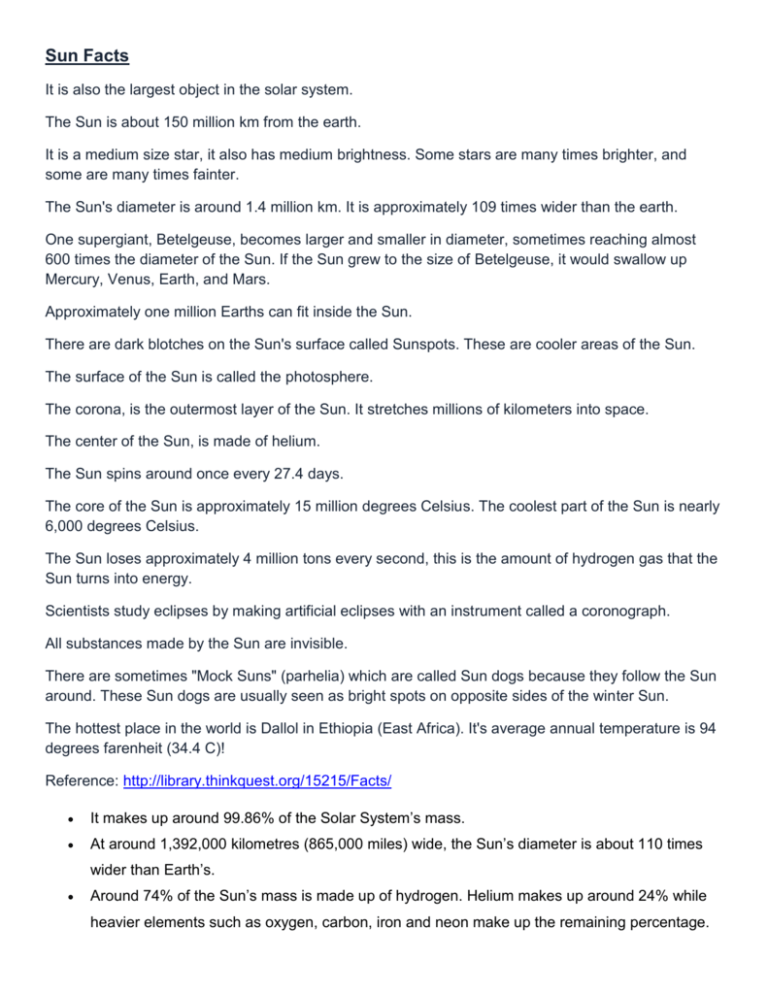
Sun Facts It is also the largest object in the solar system. The Sun is about 150 million km from the earth. It is a medium size star, it also has medium brightness. Some stars are many times brighter, and some are many times fainter. The Sun's diameter is around 1.4 million km. It is approximately 109 times wider than the earth. One supergiant, Betelgeuse, becomes larger and smaller in diameter, sometimes reaching almost 600 times the diameter of the Sun. If the Sun grew to the size of Betelgeuse, it would swallow up Mercury, Venus, Earth, and Mars. Approximately one million Earths can fit inside the Sun. There are dark blotches on the Sun's surface called Sunspots. These are cooler areas of the Sun. The surface of the Sun is called the photosphere. The corona, is the outermost layer of the Sun. It stretches millions of kilometers into space. The center of the Sun, is made of helium. The Sun spins around once every 27.4 days. The core of the Sun is approximately 15 million degrees Celsius. The coolest part of the Sun is nearly 6,000 degrees Celsius. The Sun loses approximately 4 million tons every second, this is the amount of hydrogen gas that the Sun turns into energy. Scientists study eclipses by making artificial eclipses with an instrument called a coronograph. All substances made by the Sun are invisible. There are sometimes "Mock Suns" (parhelia) which are called Sun dogs because they follow the Sun around. These Sun dogs are usually seen as bright spots on opposite sides of the winter Sun. The hottest place in the world is Dallol in Ethiopia (East Africa). It's average annual temperature is 94 degrees farenheit (34.4 C)! Reference: http://library.thinkquest.org/15215/Facts/ It makes up around 99.86% of the Solar System’s mass. At around 1,392,000 kilometres (865,000 miles) wide, the Sun’s diameter is about 110 times wider than Earth’s. Around 74% of the Sun’s mass is made up of hydrogen. Helium makes up around 24% while heavier elements such as oxygen, carbon, iron and neon make up the remaining percentage. Light from the Sun reaches Earth in around 8 minutes. The Sun’s surface temperature is around 5500 degrees Celsius (9941 degrees Fahrenheit), so pack plenty of sunscreen if you plan on visiting (remembering that the average distance from the Sun to the Earth is around 150 million kilometers). The Sun’s core is around 13600000 degrees Celsius! The Sun generates huge amounts of energy by combining hydrogen nuclei into helium. This process is called nuclear fusion. Because of the Sun’s huge influence on Earth, many early cultures saw the Sun as a deity or god. For example, Ancient Egyptians had a sun god called Ra while in Aztec mythology there is a sun god named Tonatiuh. The Sun produces a solar wind which contains charged particles such as electrons and protons. They escape the Sun’s intense gravity because of their high kinetic energy and the high temperature of the Sun’s corona (a type of plasma atmosphere that extends into space). Planets with strong magnetic fields such as Earth manage to deflect most of these charged particles as they approach. A solar eclipse occurs when the Moon is between the Sun and the Earth. Reference: http://www.sciencekids.co.nz/sciencefacts/space/sun.html

